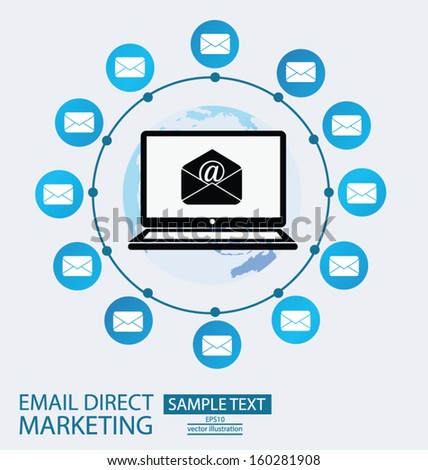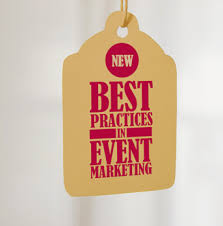Transforming Marketing Collateral: The Digital Revolution

Introduction
In the digital age, traditional marketing collateral is undergoing a significant transformation. As businesses adapt to changing consumer behaviors and technological advancements, marketing collateral is transitioning from physical print materials to dynamic digital formats. This shift not only enhances accessibility and interactivity but also opens up new avenues for engagement and measurement. In this article, we’ll explore the evolution of marketing collateral into the digital realm, its benefits, and how businesses can make the most of this transition.
The Digital Evolution of Marketing Collateral
Marketing collateral traditionally included physical materials such as brochures, flyers, catalogs, and posters. However, the rise of digital technology has paved the way for a digital transformation of these materials:
- E-Brochures: Digital brochures can be created and distributed electronically, enabling easy sharing and access.
- Interactive Catalogs: Digital catalogs allow users to explore products interactively, zoom in on images, and access additional information.
- Video
